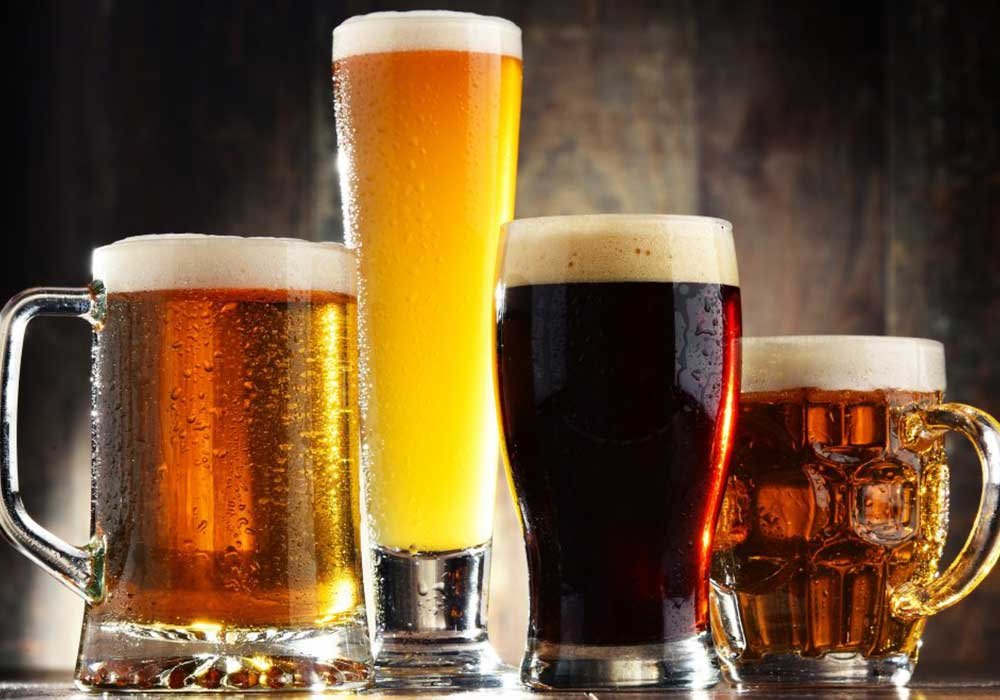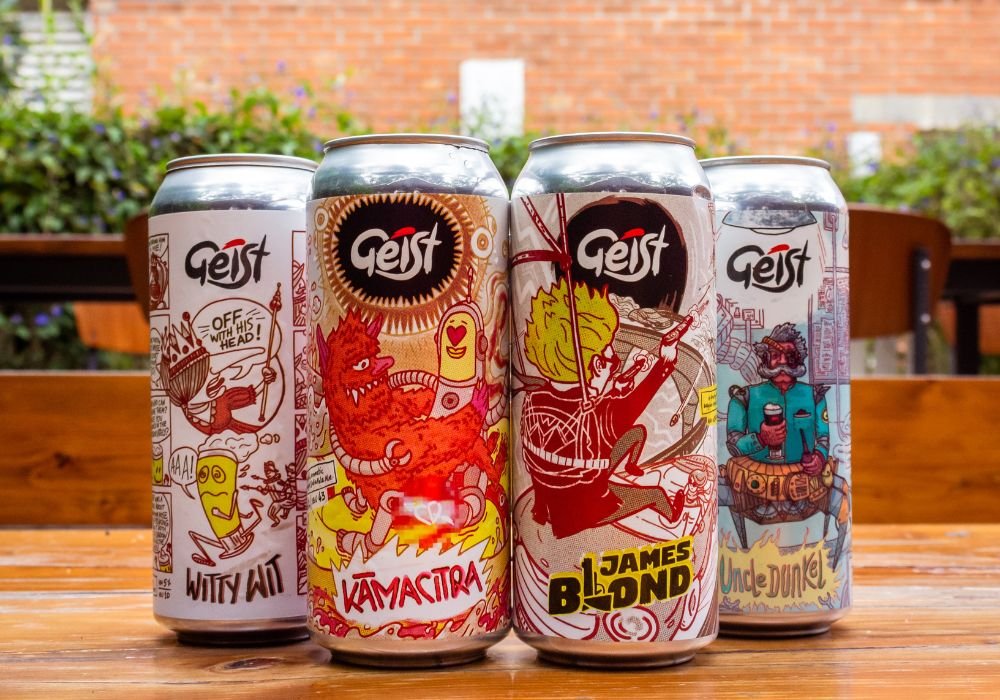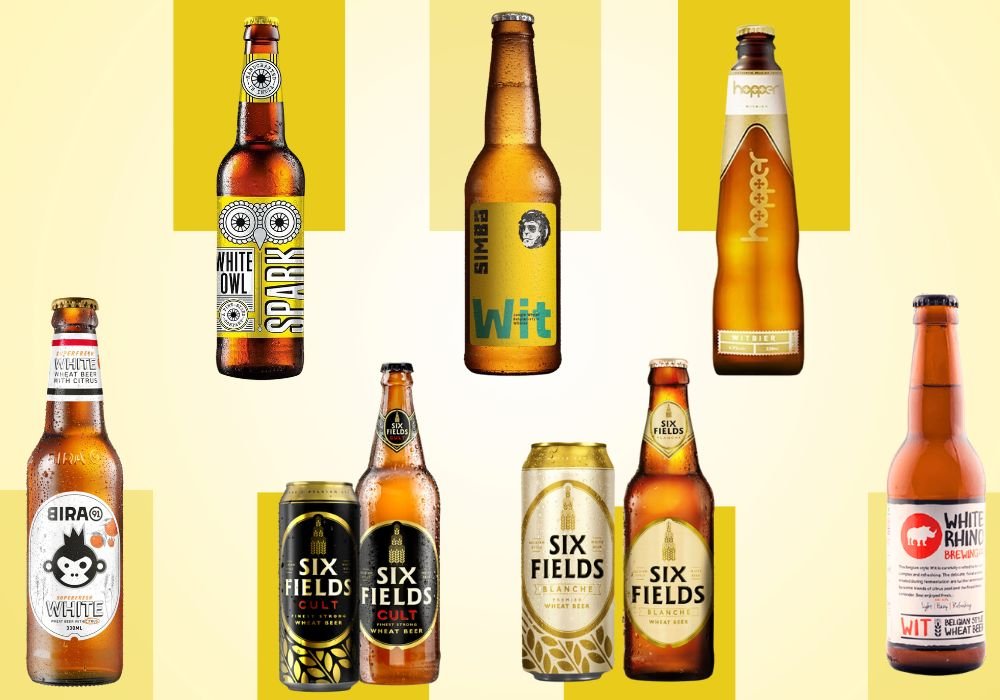German Beer Styles Brewed Around The World to Celebrate Oktoberfest!

Beer styles have multiple roots of origin. Some were created independently while others were augmented from existing styles to become their own unique variety. Initially, beer began to appear in the Middle East around 9,000 years ago and then in numerous civilizations around the world. However, it wasn’t until it arrived in central Europe that we began to get the beer that we would find somewhat recognizable today.
Germany’s great history of brewing dates back over 1,000 years. Throughout the centuries, German brewers created a number of different styles of lagers and ales. Germany, today has over 1300 breweries and 7500 different brands available making it the world’s fourth-largest brewing country.
Read about all the different styles of German beer just in time for Oktoberfest!
1. Berliner Weissbier

Nobody can brew wheat beers better than the Bavarians. Weissbier is characterized by low alcohol content, sour flavor, and a light body and is the perfect beer for a springtime cocktail hour. It was especially popular in the 19th century, however, the origin of Berliner Weissbier is unclear.
Although there are several theories explaining its origin, the most probable claims that the style evolved from the now-extinct Breyhan or Broyhan beer from Hannover. There is usually little to no hop content and the level of bitterness and sweetness are comparatively low while the fizz tends to be high. Pale, straw colour and sometimes cloudy in unfiltered varieties with sour, tart, acidic flavors rule in traditional recipes.
ABV is typically very low in a Berliner and ranges between 3% and 5%.
2. Pilsner

The “Pils” might be Germany’s most popular lager export and is easily recognizable in every local brewpub and beverage store. German Pils are crisp, refreshing, and have a delightful hoppy bite. They also have a lighter body and are slightly dry and bitter. Its colour ranges from pale straw to yellowish gold. Its light and crisp texture make cold Pils a great summertime pick for a barbecue, with an ABV range between 4% and 6%.
3. Bocks

Bock beer is a German bottom-fermenting lager that nowadays comes in a wide range of sub-styles. Traditionally, may range from golden to amber, and sometimes even dark brown. They are typically lightly hopped, rich, creamy, smooth, and malty, with toasty and occasionally caramel notes. Ranging somewhere between a 5% to 7% ABV, the sweet, toasty, nutty aroma and flavor is a wonderful addition to a warm holiday meal.
4. Doppelbock

Doppelbock is a German beer style that was first brewed in Munich by Paulaner monks. As the name might suggest— doppel translates as double—this style developed as a slightly stronger version of traditional German bock style. Bock’s bigger, stronger, boozier brother boasts a darker, rich copper to near-black colour. They are rich and smooth with a distinctive malt sweetness that is balanced with subtle hop bitterness. Typical aromas include bread and toasty notes that are accompanied by subtle hints of caramel. These beers usually have a slightly higher alcohol content that ranges from 7 to 8% ABV.
5. Rauchbier

Rauchbier or “smoke beer” is a style of German lager that uses malt smoked over beechwood to impart a unique smoky flavor to the beer. The beer itself is a lot like Oktoberfest with sweet and malty flavors, but the smoke flavoring adds a completely unexpected element to the profile. This style appeared in the 14th century and was actually the standard way to dry malt until the early 1800s when advancements in technology allowed brewers to indirectly apply heat to malted grain which allowed them to remove the hints of smokiness that always made its way into the beer. Rauchbier has a light copper to dark brown colour with an ABV of around 5-6%.
6. Altbier

Altbier is a German beer style that originated in Düsseldorf. The word “alt” in German means old which is a reference to the older style of brewing used to originally make it. Altbier is made with a top-fermenting yeast, like an ale, instead of the “newer” style of bottom-fermenting lager yeast, which brewers in Dusseldorf resisted using at the time. The style falls somewhere between a lager and an ale. The beers are fermented warm like ales but are then aged cool like lagers. It is slightly malty with hardly any hops aroma. It is usually rather bitter, but not aggressively with colours ranging from copper to amber with an ABV range of 4.5 to 5.5%.
7. Märzen

The favorite for Fall revelers, Märzen has traditionally been brewed in March to be enjoyed at festivals starting in September. Hops are of great importance to this style because without them the beer will be too sweet, keeping the bittering hop under 2 ounces will give it a good balance. Authentic Märzen is lagered for six to eight long months at close to freezing temperature. This style of beer is characterized by a malty flavour, and a clean dry finish. It has a clear, copper to reddish-brown appearance, with a malty mouthfeel that offers a robust, mildly hoppy lager that rounds out between 4% and 7% ABV.
8. Helles or Maibock

Helles is a German-style lager that first appeared in Munich in 1894. It is brighter and lighter (“Helles” means “pale”) with a crisp finish that is comparable to a Pilsner. Traditional Helles is typically more malt-forward and has a firm body but still remains soft and medium-bodied. It is clean, easy-drinking, refined, fresh, and dry, with light hop bitterness and subtle malt sweetness. Helles-style beers are typically quite refreshing and usually range from 4.8 to 5.2% ABV.
References:



